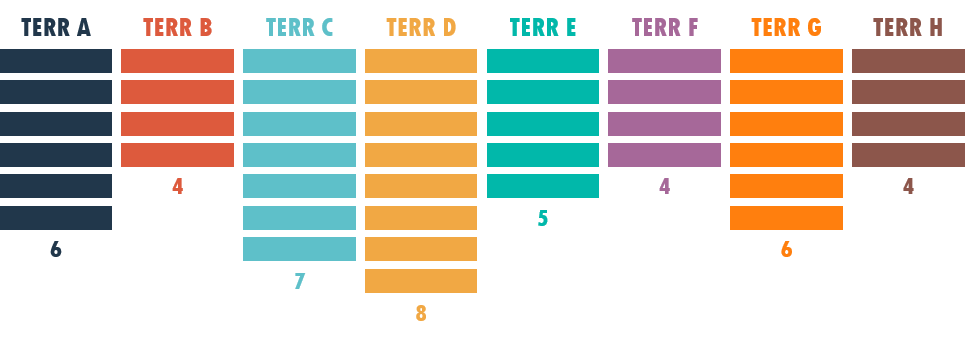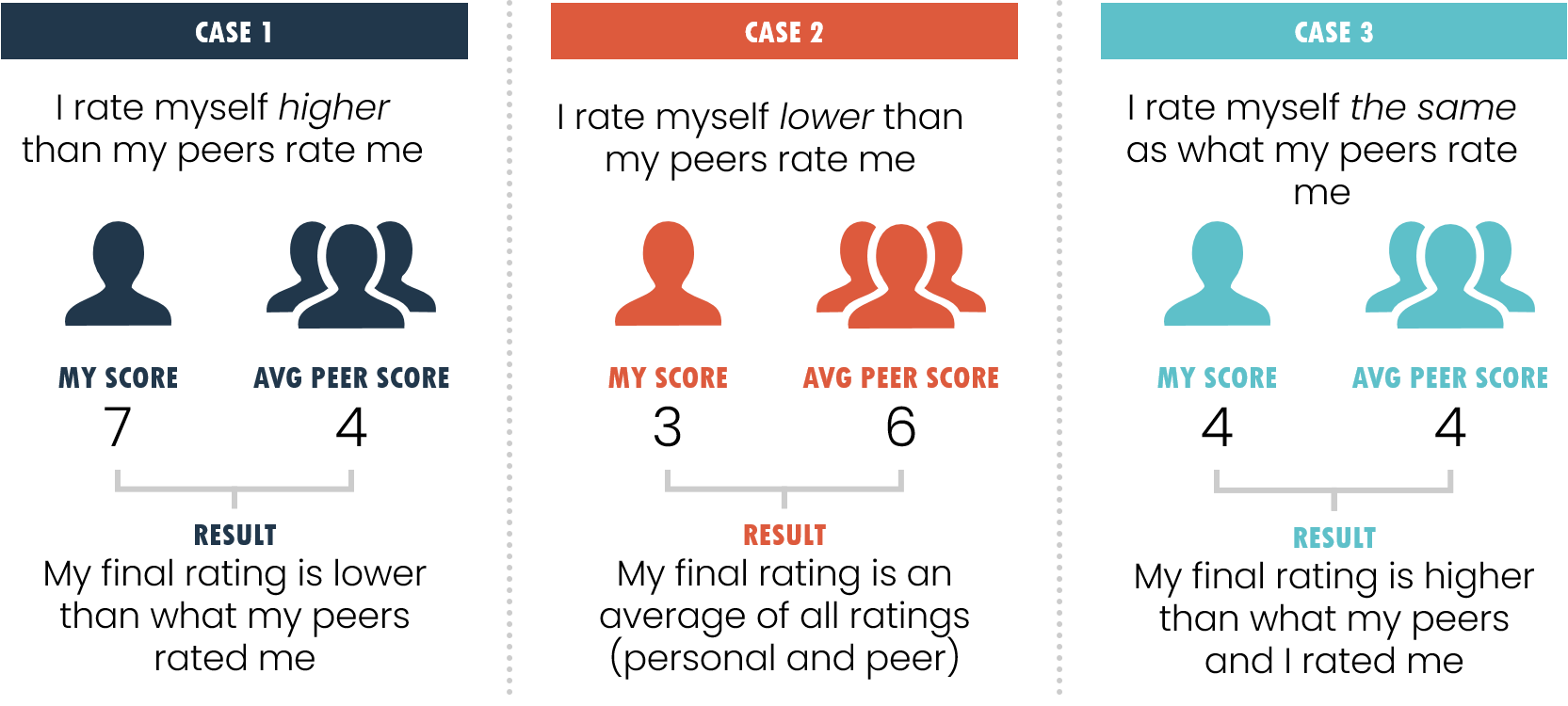How to Drive Superior Field Performance with MBOs
July 7, 2020
When market circumstances such as pre-launch planning leave sales-based incentive compensation plans an unviable option, companies often implement plans that compensate sales representatives according to management by objectives, or MBOs. However, most MBO scoring models have significant limitations that frequently result in an apathetic response from the sales force. Let’s explore these limitations as well as two innovative MBO scoring models that drive superior accountability and performance.
Limitations of the Most Common MBO Scoring Model
The most common scoring model adopted for management by objectives (MBOs) is a five-point scale awarded by the manager, with 5 indicating the objective was fully met and 1 indicating the objective was not met.
Despite how often it is used, this scoring model has significant limitations that ultimately undermine sales force motivation and equitability. Let’s explore three of these limitations:
Often results in same score being awarded to each representative. Too often, managers will award all of their representatives with the same score, typically either a 4 or 5. Such a practice does not capture relative performance differences, which ultimately ends up demotivating the representative who put forth extra effort but received the same score as his/her peers.
Makes it difficult to differentiate performances. If managers do seek to capture relative performance differences in awarding scores, the five-point scale does not give them much of an opportunity to do so. Although a solution might be to expand the scale, an expanded scale only intensifies the limitation we will explore below.
Is subjective and can be viewed differently by each manager. One manager might be more lenient than another, giving all his/her representatives a rating of 5 while the other gives all his/her representatives a rating of 4. The performance differences that could result from this subjectivity may create dissent across districts and/or regions. Furthermore, as mentioned above, this limitation is intensified with larger scales.
Given the limitations of the most common MBO scoring model, what other options do pharma, biotech and medical device companies have in evaluating MBO performance?
Innovative MBO Scoring Model 1: Odd Pooling
The first innovative MBO scoring model that The Marketing Advantage devised is what we refer to as “odd pooling,” in which each manager receives a set number of points to distribute across his/her territories.
Three key elements to this scoring model are:
The number of points available to the manager is not divisible by the number of territories
The number of points depends on the number of territories
The manager must award all points
Consider a manager responsible for eight territories. This manager is given 44 points to distribute as he/she desires across these eight territories. This manager might award these points as follows:
As shown above, the manager is able to differentiate performances, and, in fact, is required to because 44 is not divisible by 8 and he/she must award all points. If territories were very close in performance, then we might see scores of only 5 and 6; however, we’ve found that such a small range rarely happens and what is more likely is a slightly larger range (i.e., scores between 4 and 8 in this case). Requiring the manager to award all of the points results in him/her fine tuning scores more.
Let’s revisit the third limitation explored above regarding the subjective nature of awarding scores. The combination of total available points being dependent on number of territories and requirement to distribute all points means that the average score across managers will be the same. In this way, the odd pooling MBO scoring model mitigates the subjectivity of quantifying MBO performance.
Innovative MBO Scoring Model 2: Peer Evaluation
A second innovative MBO scoring model that The Marketing Advantage developed is what we refer to as “peer evaluation,” in which representatives are asked to rate both themselves and their peers, and are penalized for inconsistent ratings and rewarded for similar ratings. This MBO scoring model is especially useful for objectives regarding teamwork, innovation, sharing ideas on virtual selling and other elements representatives can evaluate each other on.
Three key elements to this scoring model are:
Ratings are given on a seven-point scale
Representatives evaluate peers in the same district as them (or region if there are no districts)
Peer ratings are not shared
Consider the following three cases:
Thus, the representative is incentivized to rate himself/herself as honestly as possible. In fact, we’ve found that under this scoring model, representatives tend to rate themselves tougher than their peers rate them.
A concern that might be expressed with this scoring model is that the sales force may collude to maximize payouts, i.e., everyone gives themselves and their peers the maximum rating of seven. Not only would such a collusion be easy to spot, but, in such a case, an option would be to lower the average. Another option would be to combine this scoring model with the odd pooling scoring model discussed earlier; representatives would be unable to give the same score and thus would be required to differentiate scores.
Conclusion
Rather than utilizing an MBO scoring model that too often sees the same scores awarded, makes differentiation difficult, and is subjective, pharma, biotech and medical device companies should adopt an innovative scoring model for their MBOs that eliminates these limitations and thus drives superior accountability and motivation. Two such innovative scoring models are odd pooling—in which managers award a total number of points not divisible by the number of territories for which they have responsibility—and peer evaluation—in which representatives are penalized if their personal evaluation is inconsistent with that of their peers.











